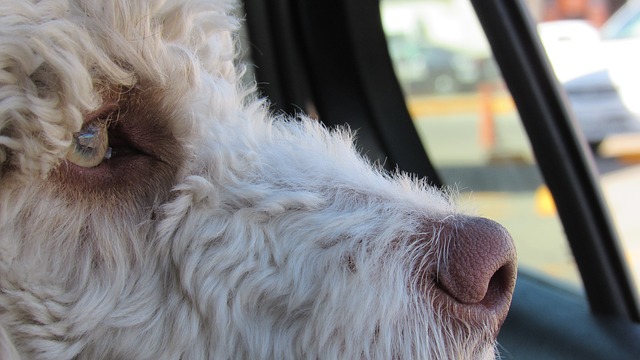Dog fur is awesome in the cold weather but can be a dangerous issue in a hot climate. Because dogs have some sweat glands in the footpads which help with heat dissipation, but only minimally. When sweating isn’t sufficient, their body temperature rises. In that case, heat stroke can happen suddenly. So be careful.
Heat stroke causes
Dogs with thick fur, short noses, or those torments from medicinal conditions, for example- laryngeal paralysis and obesity are predisposed to heatstroke. Likewise, puppies that appreciate consistent exercise and recess -, for example, working dogs (Labradors, Springer Spaniels, and so on.) – ought to be nearly checked for indications of overheating, particularly on hot days.
Heat stroke Immediate Care
It is fundamental to remove the dog from the hot condition quickly. Ensure no water enters the nose or mouth as you take after these rules. Don’t give the dog headache medicine to bring down its temperature; this can prompt different issues.
Put your dog in the bath
- Run a cool (not icy) shower over your pet, covering the entire body particularly the back of the head and neck.
- Enable the water to top off the bath as you shower the dog. Keep the make a beeline for anticipate yearning pneumonia.

- In the event that getting the dog into the tub is unreasonable, utilize a garden hose to cool the dog or place him in a pool of cool water.
- Apply a cool pack to the dog’s go to help bring down his body temperature – a bundle of solidified vegetables works fine.
- Massage the legs. A vigorous rubbing helps the dog’s circulation and reduces the risks of shock.
- Give the dog a chance to drink as much cool or icy water as it needs. Adding a squeeze of salt to the water bowl will enable the dog to supplant the minerals it lost through sweating.
The following steps should be taken, regardless of whether the dog is conscious, appears to recover well, or was only mildly affected:
Heat stroke signs
- Take the dog’s temperature like clockwork, proceeding with water-cooling until the point when it dips under 103°F (39.4°C).
- In the event that the dog’s temperature drops somewhat more – to around 100°F (37.8°C) – don’t stress. A marginally low temperature is significantly less perilous.
Get immediate veterinary attention. Heatstroke can cause unseen problems, such as swelling of the brain, kidney failure, and abnormal clotting of blood. On the way to the veterinarian, travel with the windows open and the air conditioner on.
Veterinary Care
Treatment will consist mostly of replacing lost fluids and minerals. This may extend to secondary conditions, which your vet will be able to identify. Intravenous fluid therapy and monitoring for secondary complications such as kidney failure, development of neurologic symptoms, abnormal clotting, changes in blood pressure, and electrolytes abnormalities are typically recommended in cases of heatstroke.
Heat stroke prevention
Fortunately, heatstroke is a preventable condition. By following the tips below, you’ll be well on the way to ensuring your dog stays safe this summer:
Never leave your pet unattended in a car
Within ten minutes, a closed car can reach temperatures of 45 degrees. In such temperatures, a dog is unable to shed its extra heat and may quickly suffer dehydration and heatstroke. If you are getting out of the car, take your dog with you.
Keep your dog well hydrated
Ensure your dog has easy access to fresh water. Water dishes should be place in the shade or kept cold (frozen water bottles are handy). Dogs also have a tendency to knock water over, so it’s recommend you have a few bowls in different places.
Carry water
When exercising your dog, take a collapsible water dish or run a route where you know your dog will have access to clean water.
Provide shade
If your dog lives outside during the summer months, make sure you have adequate shade to shelter him or her from the sun.
Avoid walking on hot days
During the summer months, walk your dog of a morning or an evening. Temperatures below 25 degrees are optimum.

